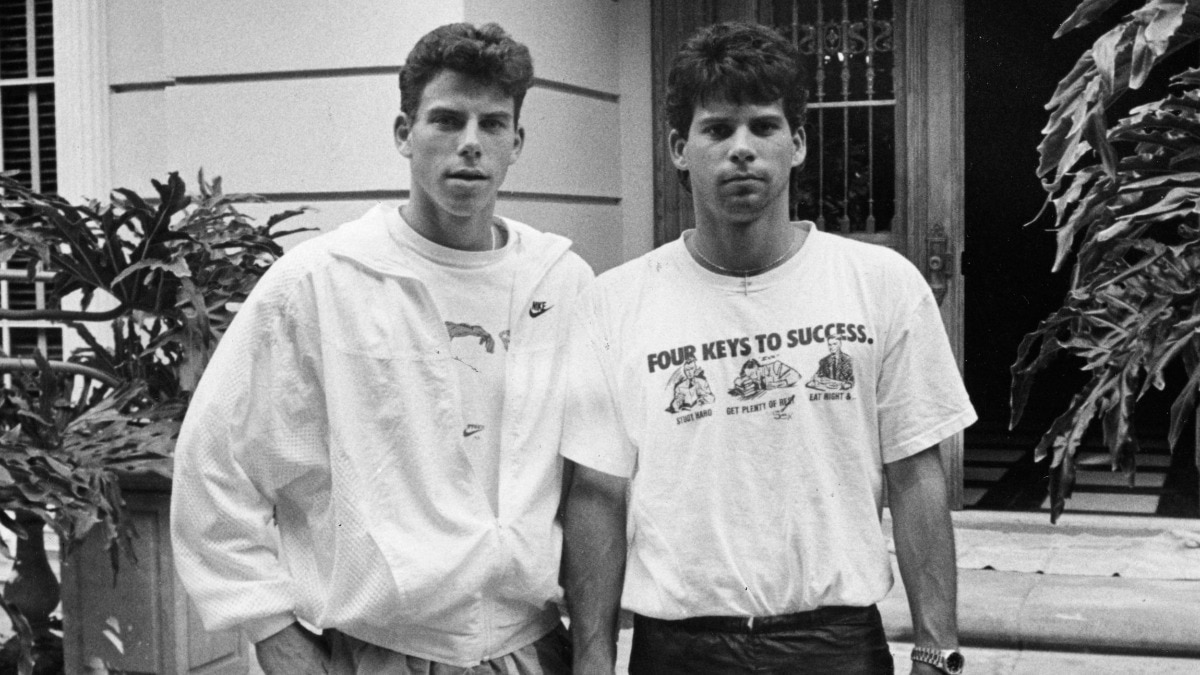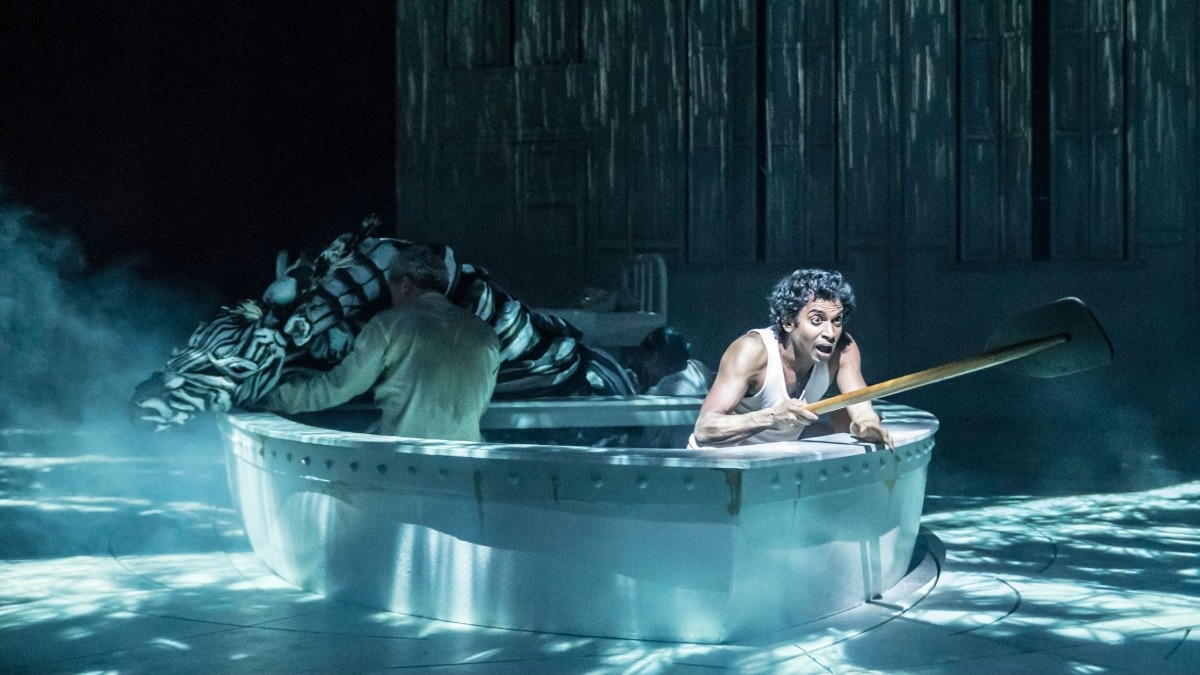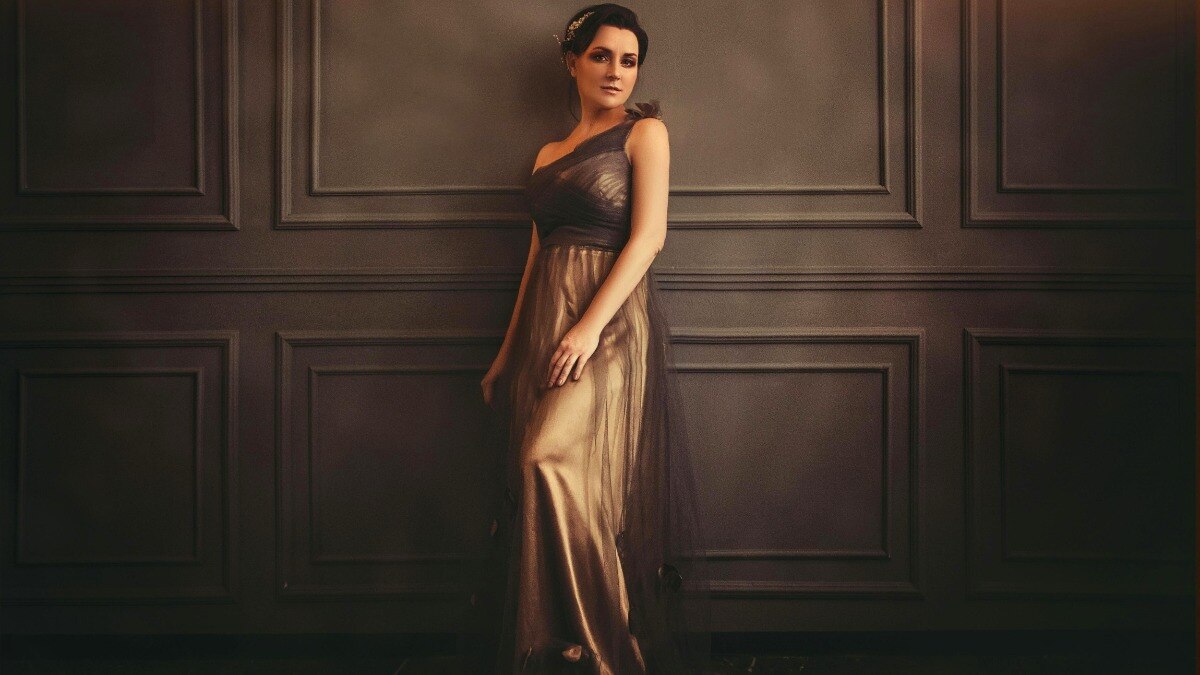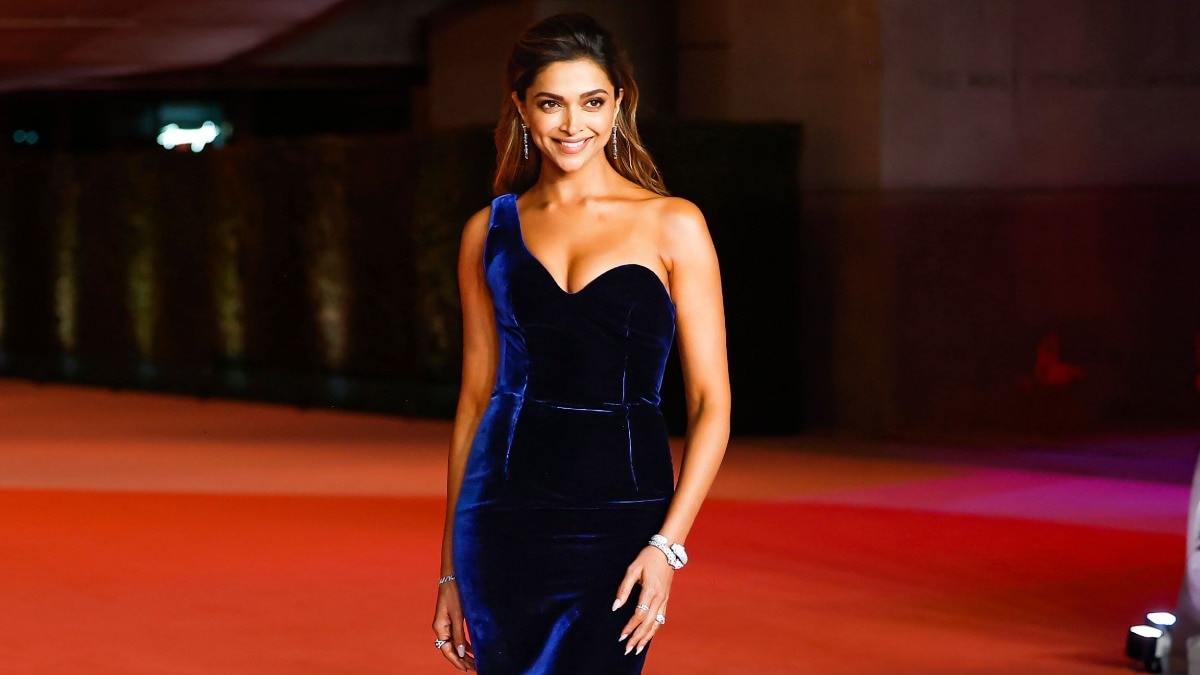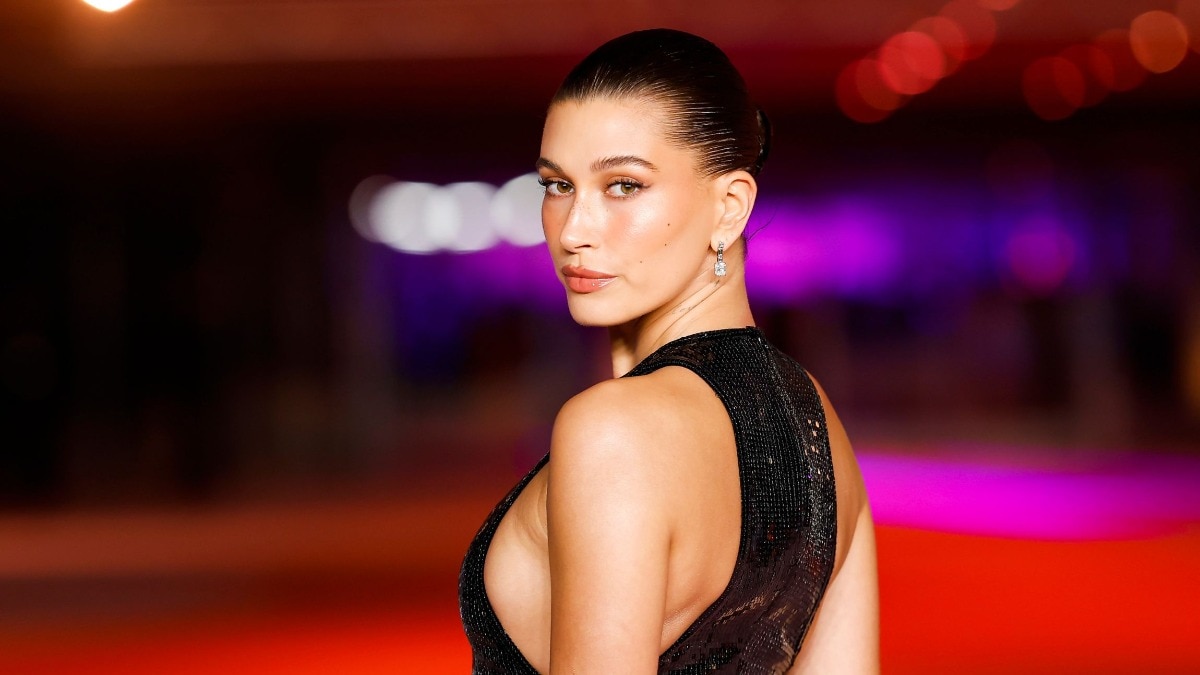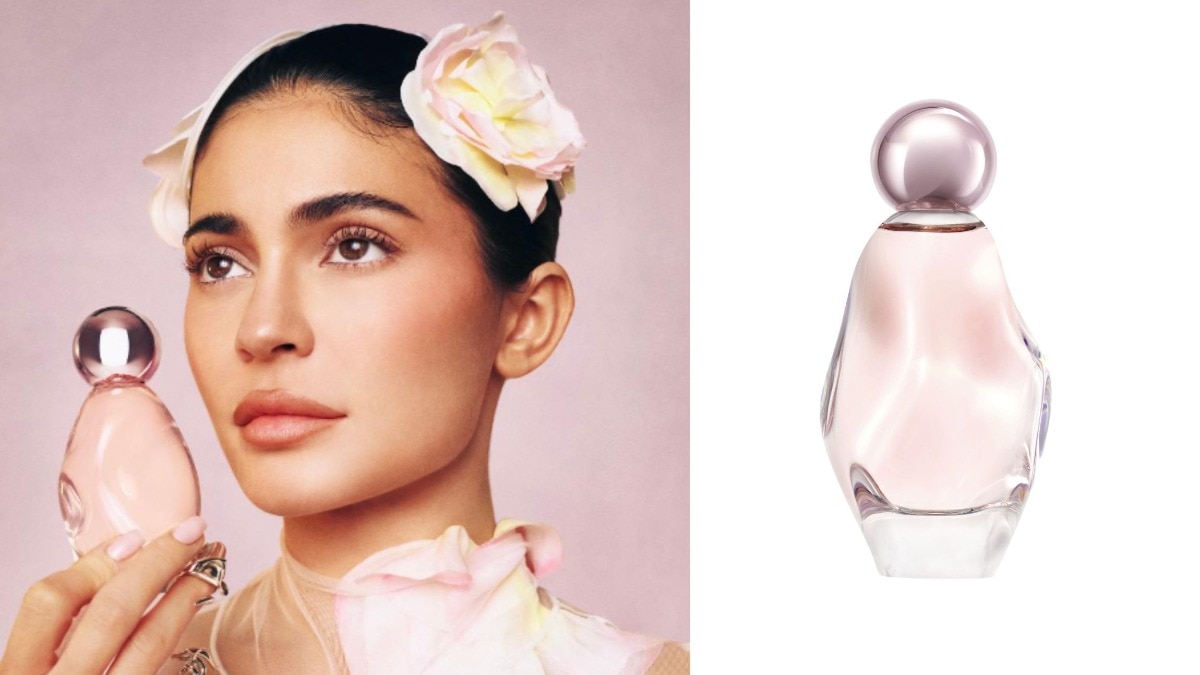The joy of sad girl music
There's a distinct pleasure in finding the music that perfectly expresses how you feel, especially when you're a young woman entering an unwelcoming world that reveals itself to be built for men.


It was the anger that first caught my attention. As a young feminist, I found it easy and satisfying to sing “I’ve had it up to here” at the top of my lungs along with Gwen Stefani. But my affinity for fury soon gave way to a preference for a kind of introspective sadness. It was a rainy night (no, really) when I went with my dad to the record store and he let me pick something out for myself. I came home with Fiona Apple’s seminal 1996 album, Tidal. The rumbling drums at the opening of the first song, “Sleep to Dream”. were like a battle cry: “I tell you how I feel, but you don’t care / I say tell me the truth, but you don’t dare,” Apple sang in her soulful, weary voice—possibly about heartbreak and definitely about the world. I was 12 at the time, and had experienced little of either. But I felt her truth deep inside my heart.

It wasn’t long before I was enveloped in the universe of Sad Girl Music, a (derisive) term that some of the most brilliant female singer-songwriters in music history have been saddled with—women whose songs articulate the particular feeling of living in a constant state of awareness that the world is not a hospitable or fair place for anyone who refuses to serve the interests of the patriarchy. It’s a genre that emerged in this specifically definable way in the ’90s but has seen a resurgence in recent years, thanks to artists like Mitski and Phoebe Bridgers, and even the more mainstream Billie Eilish, who have collectively evolved the style to also articulate what it’s like living in a world on the brink of climate (and various other kinds of) collapse.
But my journey started in the ’90s. From Apple it was a hop, skip, and a jump to Shirley Manson, the ferocious frontwoman of the otherwise all-male group Garbage, who so wickedly sang “Pour your misery down on me” in “Only Happy When It Rains.” That song may have been poking fun at all the Sad Boys and Girls in the ’90s alternative-music scene, but it also perfectly captured the way that I—and lots of other young women—felt. By the time I graduated high school, I had made my way to the ’60s German chanteuse Nico, whose bleak singing on “Chelsea Girls” seemed to perfectly capture my 17-year-old emotional state.
The ’90s were an important time for Sad Girl Music. The commercial success of Apple’s Tidal, on the heels of Alanis Morissette’s 1995 album, Jagged Little Pill, awakened the industry to the idea that female performers could be profitable and, therefore, other women were given a chance at the spotlight. Canadian singer-songwriter Sarah McLachlan ensured their collective power did not go under-represented when in 1997 she created Lilith Fair, a traveling music festival that gathered some of the most iconic performers of Sad Girl Music (and not so Sad Girl Music!) across a variety of genres—including Apple, Natalie Merchant, Sheryl Crow, Jewel, Tracy Chapman, Cassandra Wilson, Victoria Williams, and Suzanne Vega. The festival ran until 1999, the year that Britney Spears and Christina Aguilera conquered the pop charts with their manufactured sex appeal and overly corporatised sound, heralding the end of Sad Girl Music in the mainstream sphere for much of the next two decades.

Late last year, there was much talk and hashtagging about “Sad Girl Fall” with the release of Adele’s 30 and Taylor Swift’s Red (Taylor’s Version). But the burgeoning renaissance of Sad Girl Music taking place over the past few years does not refer to performers like them, whose “sadness” mostly revolves around break-ups and unrequited love (not that there’s anything wrong with that!). Rather, it’s artists like Mitski, Bridgers, Julien Baker, Lucy Dacus, and Snail Mail’s Lindsey Jordan—women who write songs about their disappointments, their struggles with mental health, and their vulnerabilities. Their songs describe what it’s like to live in a world that feels like it’s falling apart around us. Some sample lyrics: “If I could do what I want / I’d become an electrician / I’d climb inside my head / And I’d rearrange the wires in my brain / A different me would be inhabiting this body” (Baker); “Venus, planet of love / Was destroyed by global warming / Did its people want too much too?” (Mitski); “No, I’m not afraid to disappear / The billboard said, ‘The end is near’ / I turned around, there was nothing there / Yeah, I guess the end is here” (Bridgers).

This time around, though, the audience extends beyond the stereotypical Sad Girl Music fans (mostly cis, white young women) and encompasses people of a great range of ages, genders, and emotional persuasions. Twenty-first-century ennui comes for us all.
“When society dubs you a so-called Sad Girl, it’s a euphemism for anyone who is in disagreement with the status quo,” says Manson, calling from her home in Scotland. “I feel that if you are hot-wired that way, you will remain that way. It’s a means by which we see the world.”
The Sad Girl Music lover is born around the same time as the onset of puberty, when we are forced to leave the perceived innocence and freedom of youth because we are confronting the realities of being a woman. “What are you doing here, honey? You’re not even old enough to know how bad life gets,” the doctor asks Cecilia Lisbon after he’s done tending to her slashed wrists in The Virgin Suicides, Sofia Coppola’s 1999 film. Cecilia responds, “Obviously, Doctor, you’ve never been a 13-year-old girl.”
It’s a state of being that Baker, a solo singer-songwriter and member of the band Boygenius, alongside Dacus and Bridgers, characterises to me as “the existential element that starts to appear when you grow up as a woman in this world and you are, because of your queerness or because of your nongender alignment—or because of just the fact that you’re not a man—deprived of certain opportunities and kept from certain spaces, and you start to really tangibly experience the inhumanity of the world. For me, experiencing that deprivation or exclusion makes you all the more sensitive to the ways that other people are deprived and excluded. And then if you allow yourself to be unguarded about that and feel the natural compassionate response—it is pain, right?” Baker continues. “Like, it’s regret and sadness. And that’s an okay thing to feel. Because if the pain is instructive, the sadness is instructive about how to make a more compassionate world.”

A legendary moment in Sad Girl Music history: Apple’s acceptance speech for Best New Artist at the 1997 MTV Video Music Awards. “This world is bullshit,” she declared, glancing at her own pop stardom and the pageantry around it. She encouraged viewers to “go with yourself ” and not “model your life (after) what (celebrities) think is cool.” It was a moment that would embed itself in my psyche. I remember feeling the same heat that I imagine Apple felt as she realised her words had gotten away from her as she followed her heart rather than her brain. To the adults in the audience, here was a bratty teen (at the time, she was just days away from turning 20) somehow mad, complaining, although she already had “everything” (fame and fortune). For a culture that has never taken kindly to young girls who think for themselves, Apple was an easy target.
“It’s funny how the word anger can come out or you can be ‘defined’ as almost unjustifiably angry,” says Tori Amos, whose 1992 album, Little Earthquakes, was one of the first Sad Girl albums to break through in the early-’90s pop arena. It was filled with aching piano ballads that dealt with difficult—and intensely personal—subjects, like the rape Amos experienced at the age of 21. “I found that so rude, because I felt that the misogyny had been going on in the music business for so long. The guys could unzip their skin, if you will, and talk about certain things, and they were praised for their ability to write in an honest way. (They were considered) poets—and some of the women, my compatriots, my sisters, were really criticised.” Amos adds, “Even after a miscarriage, I remember a journalist telling me that I was ‘marketing my pain.’”
There’s a specific kind of joy in discovering and embracing Sad Girl Music; through it, we learn that we are not alone in the emotions we are feeling. And so it makes sense that the maximum expression of joy for the Sad Girl Music lover becomes a live show. The only thing better than being alone in your room listening to sad music is being in a big room full of other people who are also used to being alone in their own rooms listening to sad music. But instead you are all in it together. Reliving memories triggered by the music, crying, maybe even hugging (or making the sustained eye contact that is the equivalent of hugging)—it’s a very special kind of catharsis that can be found only within a collective group of women exorcising their demons. Once, at an Apple show I attended, when the first notes of her 1999 song “I Know” began playing, the entire room gasped in unison; we were all emotionally unprepared for what the song might unleash in each of us. It was followed in quick succession by a gaggle of laughs at our synced reactions. We knew we were in a safe space.

“It’s so easy to feel like you’re just being taken advantage of by the world,” singer-songwriter Dacus explains. “So if you get the chance to feel seen, that feels like a really special connection. Just knowing that there’s someone else who can say what you’ve privately thought in your head can be gratifying on an existential level.”
The kind of person who loves Sad Girl music knows that a constant awareness of these feelings—“I miss the comfort in being sad,” as honorary Sad Girl Kurt Cobain once sang—means forging an unbreakable connection with everything around her.
“I think it’s not a bad thing to be discontent,” Baker offers. “I’ve been thinking about this Arundhati Roy quote recently, where she’s talking about how to live as a compassionate person. And she says, among other things, don’t complicate what’s simple and don’t simplify what’s complicated. And then, ‘Never look away.’ Because it’s really difficult to look straight into the face of earth and the various hurts that afflict people around us and to feel them. It’s easier to avert our eyes from suffering. And so I tend to meditate on dark things—not because I want to wallow in them but because I don’t want to look away. I want to be present and acknowledge the dark and harmful behaviors within myself and unpack them. I want to show up, be aware of what’s happening in this world and the suffering that’s ongoing that I am complicit in and have a hand in, and try to work out a more compassionate relationship to my community. I don’t think it’s a bad thing to stare into the void. You can learn a lot from the void, maybe.
”These artists and musicians are thus transformed into spiritual leaders of sorts, a guiding force to help us navigate treacherous waters. Manson was one of those guides for me; for her, it was Patti Smith. “I loved Patti because I really connected with what I perceived as her indignance and her fury and her power,” Manson says. “(Then) I read a description of Patti, which was, ‘Patti Smith is the most positive person I know in my life.’ And I read this, and it really changed the way I viewed myself. I thought, if Patti is a positive person, then all these attributes I apply to her must be positive too. Therefore I see anger as a source of great power as long as it’s used responsibly. Disagreement is necessary and healthy. The expression of pain is necessary. And so that is why I will always be a Sad Girl.” And so will I.


